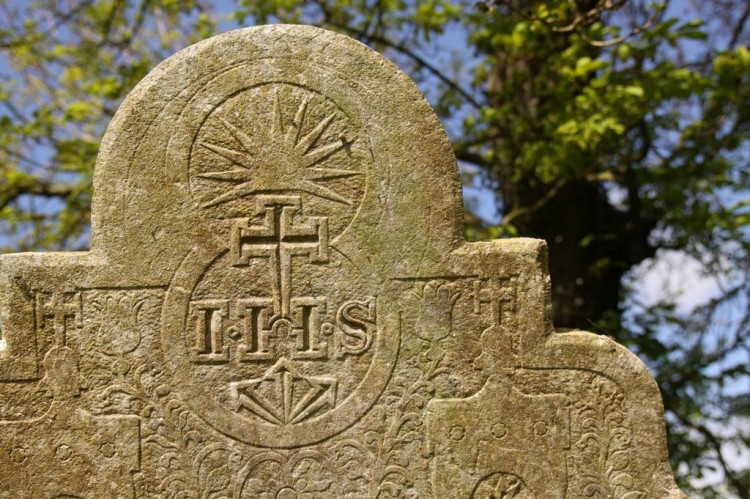 For the last two months we have been working with community groups throughout South and East Cork with the support of the Ireland XO animator for SECAD, Grace Fox and with the cooperation of Cork County Council.We have about 4 weeks of fieldwork and recording left before we wrap it all up in a closing exhibition at the end of June. This will follow on from two other exhibitions held in February and May for work we did with Ballyhoura and Duhallow communities with Leader funding.
For the last two months we have been working with community groups throughout South and East Cork with the support of the Ireland XO animator for SECAD, Grace Fox and with the cooperation of Cork County Council.We have about 4 weeks of fieldwork and recording left before we wrap it all up in a closing exhibition at the end of June. This will follow on from two other exhibitions held in February and May for work we did with Ballyhoura and Duhallow communities with Leader funding.
We gave a talk at the launch of the Ring of Cork two weeks ago in Midleton (a short powerpoint is presented here).
A key point that emerged on the day is that more value is added to heritage projects when the communities themselves are involved.
The Ring of Cork incorporates around 20 high quality heritage sites ('flagships' ranging from Barryscourt Castle to the Titanic Experience). This is a great offering already but when we broaden the net for community involvement the heritage offering multiplies - currently the SECAD Historic Graveyards projects includes 30 graveyards. That is, thirty more sites to add to the flagships of the Ring of Cork. Thirty sites which were previously little known except to specialists (local too), and hard to find, if not quite hidden.
With an average 200 headstones per graveyard that is a potential reach of 6000 headstones, close to 2000 different surnames and countless families, many in Ireland and more in the diaspora communities we are currently reaching out to with The Gathering. As most of the headstones are over 100 years old we can multiply each family represented in the historic graveyards by 4-10 generations and we get tens of thousands of people with a south and east Cork heritage.
There is a very important seminar taking place in Cork next week called “Sustaining a Living Countryside: Resilient Communities at the Edge”. It will address key issues of sustainability in community development - our experience over the last three years working with Leader companies tells us two things. Putting People First is a multiplier - when we build heritage and tourism projects it must be based on the bedrock of community collaboration. And this multiplier effect is now enabled by modern publishing technologies - community surveys are being published to the internet within days and the data is opened up and shared with like-minded souls for mutual benefit.



